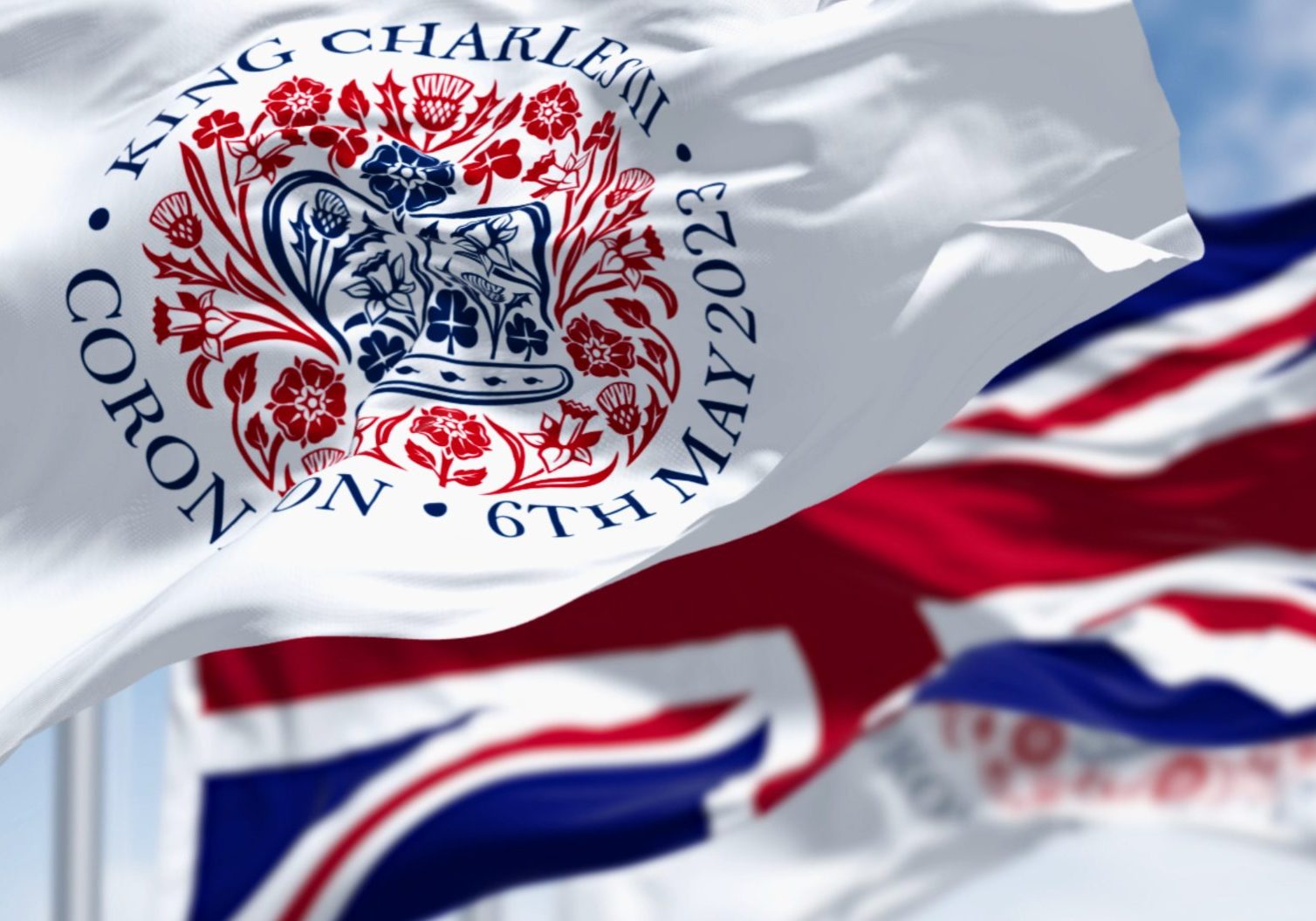
Coronation Facts
by Jack Jewers
With the Coronation coming up we're discovering little known facts about this regal celebration...
Here’s Northern Life’s fun facts on the history of the coronation, from Charles II to Charles III written by the historian and critically acclaimed author Jack Jewers. Look out for his latest book, The Lost Diary of Samuel Pepys
1.William the Conqueror was the first monarch to be crowned at Westminster Abbey, on Christmas Day 1066. However, the ceremony went disastrously wrong. William’s armed guard, who were massed outside the Abbey, mistook the shouts of acclaim from within for an attack and set fire to the surrounding buildings.
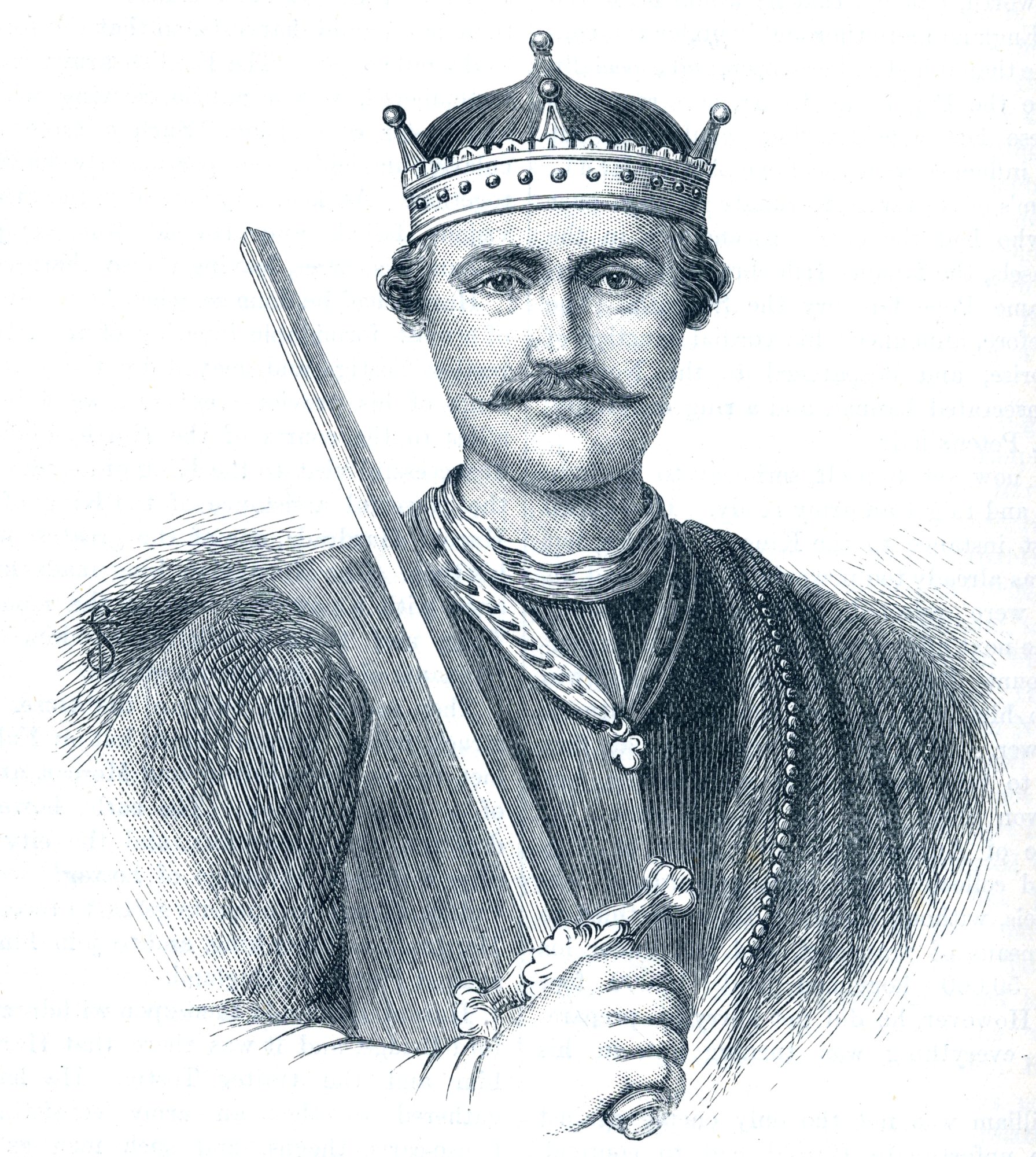
William the Conqueror
2. Charles III will be crowned while seated on King Edward’s chair, which has been used in the coronation ceremonies of (almost) all English or British monarchs since Edward I in 1296. The exception was Mary II (1662 – 1694) who sat in a replica, because the original was occupied by her husband, William III.
3. The coronation chair is considered a priceless antique today, but it wasn’t always so well treated. In the 1700s anyone could sit on it in return for a small fee. It was also popular for the choirboys of the day to carve their initials into the wood. The chair was repainted for Queen Victoria’s Golden Jubilee in 1887.
4. The traditional coronation celebrations used to feature a moment that sounds more Game of Thrones than House of Windsor. A King or Queen’s Champion, atop a white steed and dressed in full armour, would ride into a banquet at Westminster Hall carrying a glove. They would then invite anyone present to object to the new monarch’s right to rule, at which point there would be a fight to the death. The invitation was purely ceremonial – there are no records of anyone actually taking the Champion up on his offer – but sadly the tradition was abolished by Queen Victoria.
5. England had no king or queen from 1649–60, following the bloody Civil War and the beheading of Charles I. But even during this time Westminster Abbey witnessed a coronation ceremony of sorts, as many aspects of the traditional ritual were used during the second investiture of Oliver Cromwell as Lord Protector.
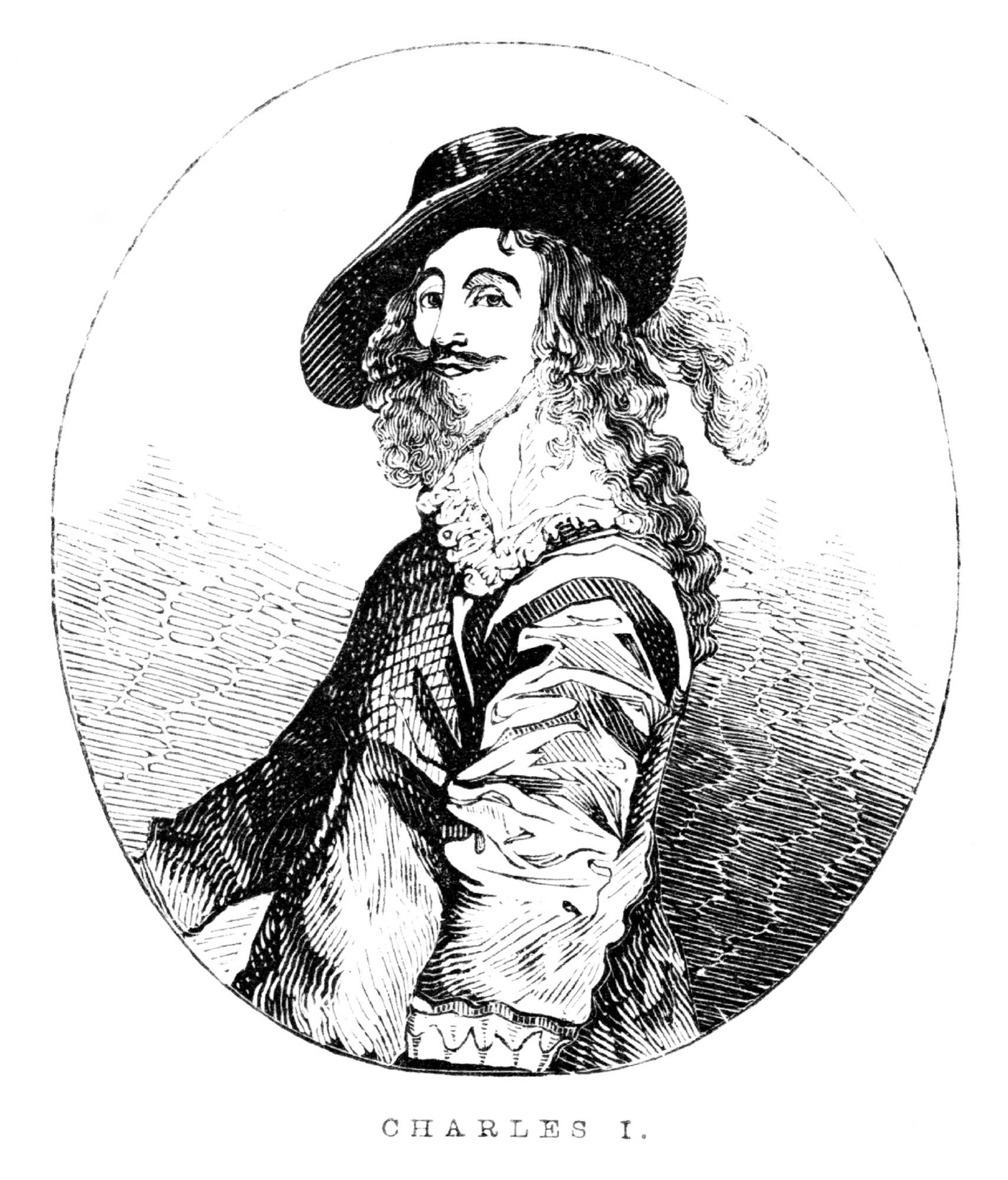
6. The three most famous items of the modern crown jewels – St. Edward’s Crown, the orb and sceptre – all date from 1661. This is because almost all of the medieval and Tudor coronation regalia was destroyed on the orders of Oliver Cromwell, so new crown jewels had to be made for the coronation of Charles II. The three pieces cost £12,185. By comparison, the average yearly wage for a servant was about £2.
7. The previous set of coronation regalia was lost by King John, who watched helplessly as they sunk into The Wash (an estuary between Lincolnshire and Norfolk) as part of his ill-fated baggage train on October 12th, 1216. They have never been found.
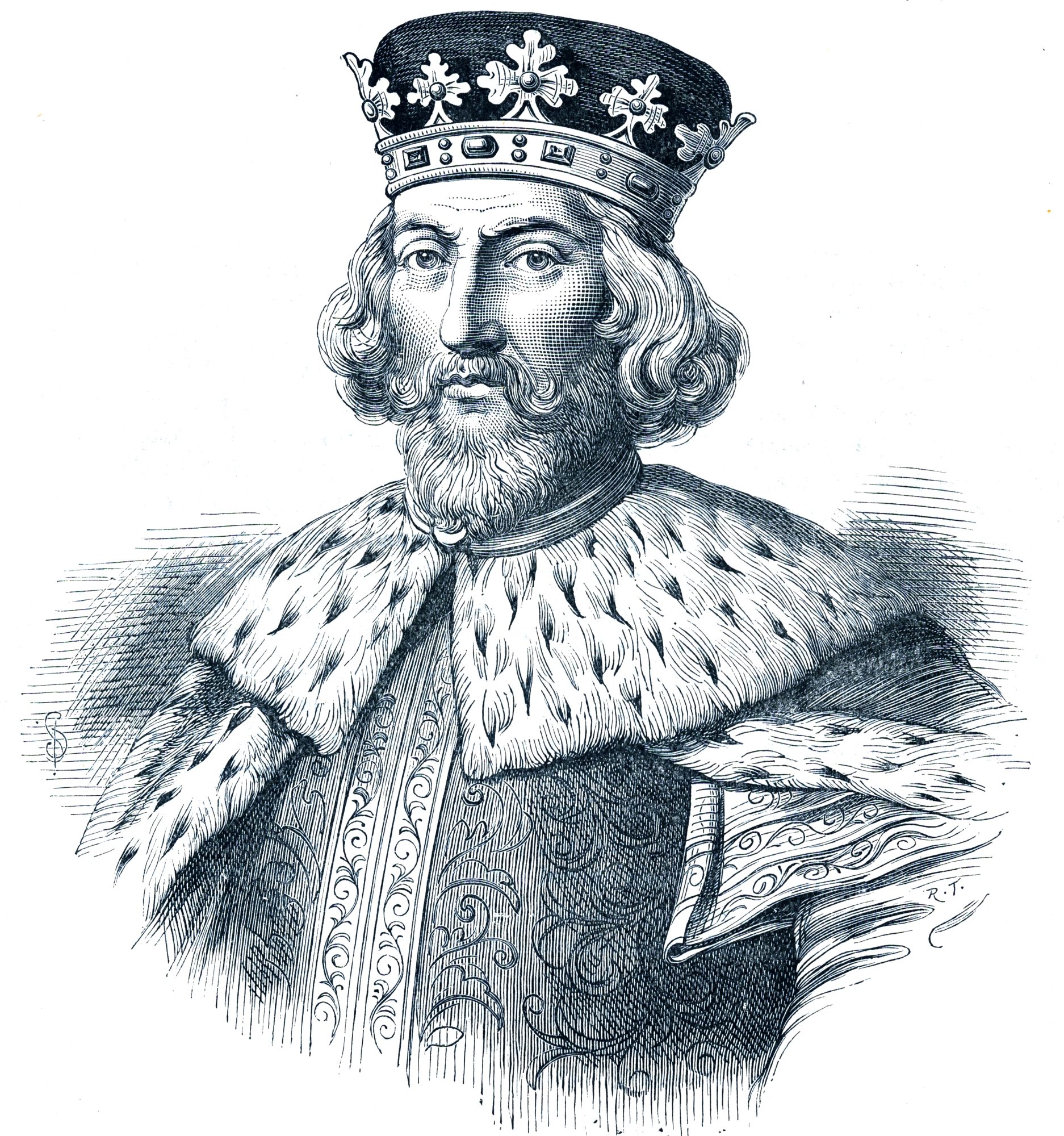
King John
8. Charles III will be crowned by the Archbishop of Canterbury, who will place the beautiful St. Edward’s Crown on the King’s head. It is, by tradition, only ever worn by a monarch at the moment of their coronation.
9. The person responsible for organising the coronation ceremony is the Duke of Norfolk – an unbroken tradition that stretches back to the coronation of Henry IV in 1399. By the same tradition, the current Duke of Norfolk was also in charge of the funeral arrangements for Queen Elizabeth II in 2022.
10. The last monarch not to have a coronation was King Edward VIII (1894 – 1972). The current king’s great uncle, Edward gave up the throne so that he could marry the American divorcee, Wallis Simpson. An unopened bottle of souvenir ale from 1937, manufactured for the coronation that never was, is shortly to be auctioned off for charity by the brewer Greene King.
11. Elizabeth II’s coronation in 1953 is considered to be the true ‘birth’ of television in the UK, watched by over 27 million people – over half the population, with an average of 17 people to a TV set. It was the first time most people had even watched television and led to millions buying a set for the occasion.
12. The coronation of Queen Elizabeth II in 1953 was relayed live from the UK to France, Germany, the Netherlands and Belgium – which helped to launch the European Broadcasting Union, otherwise known as Eurovision.
13. Camilla will be also crowned queen on May 6th, alongside Charles as king. Their once controversial marriage has gradually gained acceptable with the British people; in 2022 Camilla’s net approval was 55%, up from just 40% in 2020. But she is by no means the only queen consort to have stirred up controversy. Queen Caroline (1768 – 1821), wife of King George IV, was so hated by her own husband that she was barred from entering Westminster Abbey for his (and her) coronation. Public opinion was split, with the majority taking her side. She died just three weeks later, but the event became an early cause celebre for the rights of women in public life.
14. Over 8,000 guests attended Westminster Abbey for the coronation of Queen Elizabeth II in 1953. King Charles III’s coronation in 2023 will see only 2,000 guests, with celebrities including Victoria Beckham, Stella McCartney, Rowan Atkinson, and Bear Grylls.
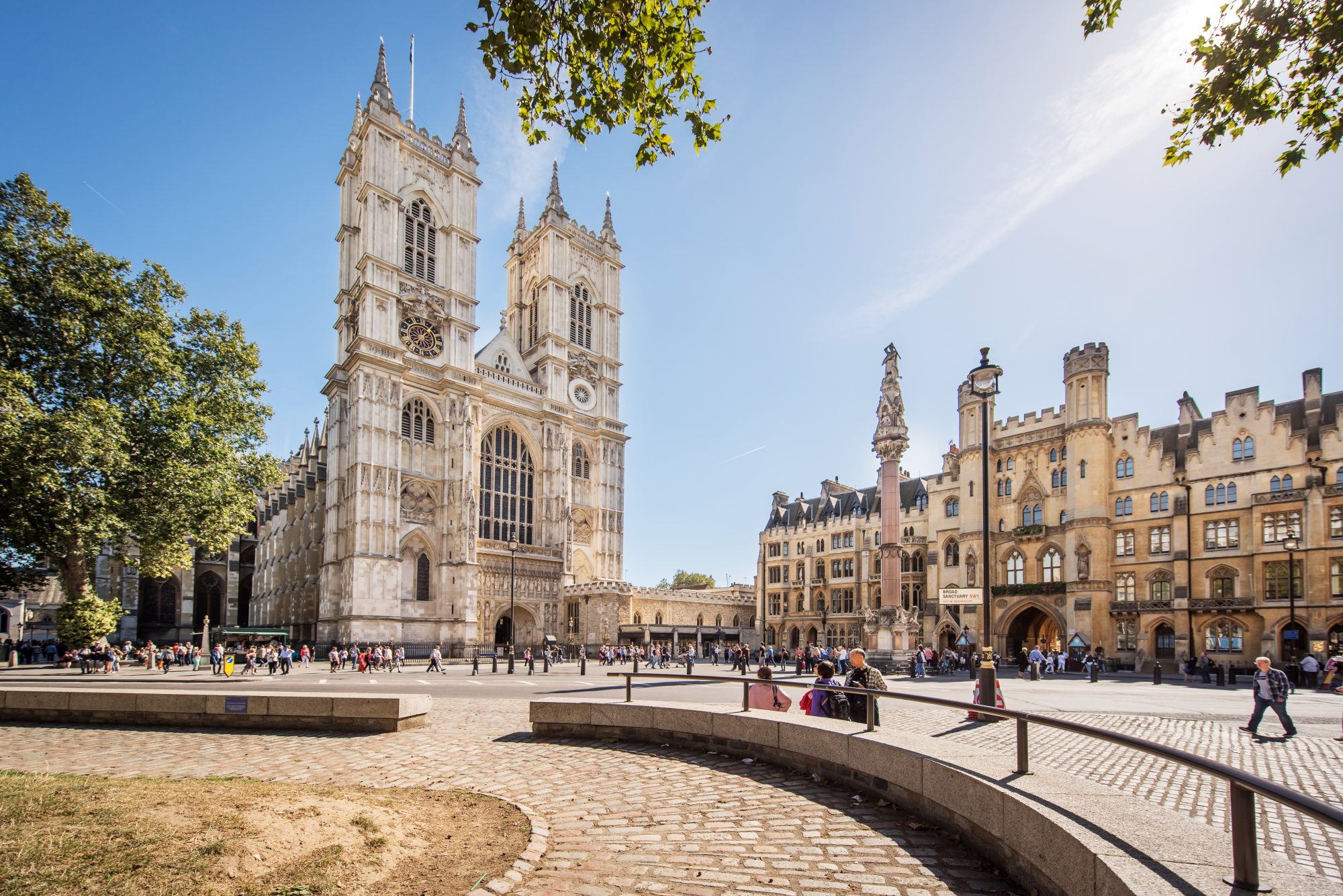
Westminster Abbey
15. Coronation chicken was invented for Elizabeth II’s coronation in 1953. A recipe for a ‘Coronation Quiche’ featuring spinach, broad beans and tarragon was chosen by King Charles as the official coronation recipe from a short list that also included a fried chicken sandwich. (Bonus fact: it’s often said that the Victoria sponge cake was created for the coronation of Queen Victoria. This isn’t true, but the humble sponge cake does have royal origins – the earliest known recipes come from the court of the French queen, Catherine De Medici (1519 – 1589).

Discover more in The Lost Diary of Samuel Pepys by Jack Jewers.
NorthernLife May/June 23



